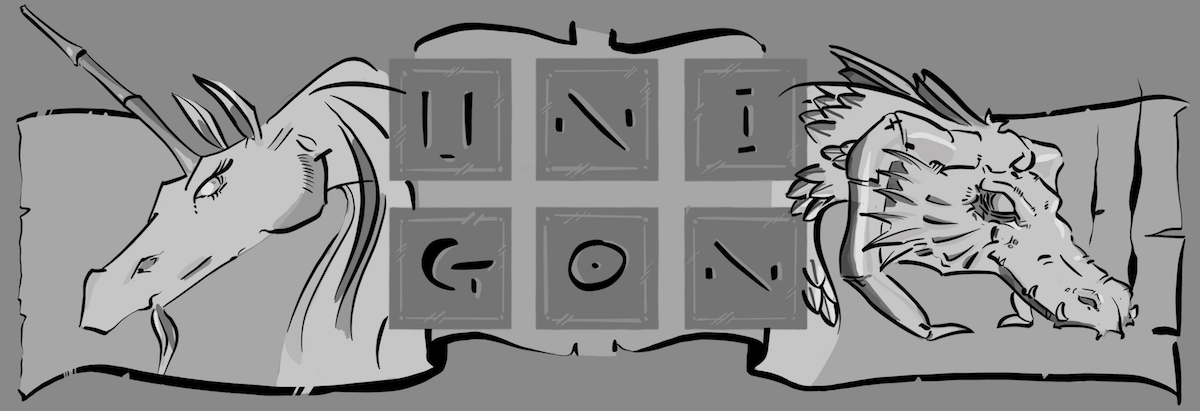I will admit that it. I am a sucker for integration. In particular, technology even when it misses much of its potential such as AppleTV.
Facebook is cool. So is Twitter. Not to mention the obvious WordPress. Even if you have an account on Facebook, LinkedIn is a great compliment to having both a personal and professional presence on the internets [sic]. But all of them have a lot of cross-over functionality. You either pick one or the other, or resign yourself to maintaining duplicate information in multiple places. While we are still some way from a completely normalized panacea (web 3.0?), there is enough plugins out there to make it appear like we have reached nirvana.
LinkedIn already supports integration with WordPress. Been there. Seen it. Done it. Woot!
But what about Facebook? Russ’s blog makes mention of WordBook. With a few simple clicks you can install into your copy of WordPress and then a few more for it to register with your Facebook account. Goodness on the cheap!
Last but not least, what about Twitter? I love the uncluttered purpose of this protocol: it is a perfect, light-weight approach to dialoguing with friends via your smart phone (on iPhone I highly recommend Twitterific). More so, Twitter is a great way of focusing on the one aspect that we most use on Facebook without all the overhead: little blurbs on what we are doing and thinking. This plugin for Facebook effectively adds your twitters into your Facebook account.
With these plugins in place you can arrive at Web 3.0, if only in spirit.

